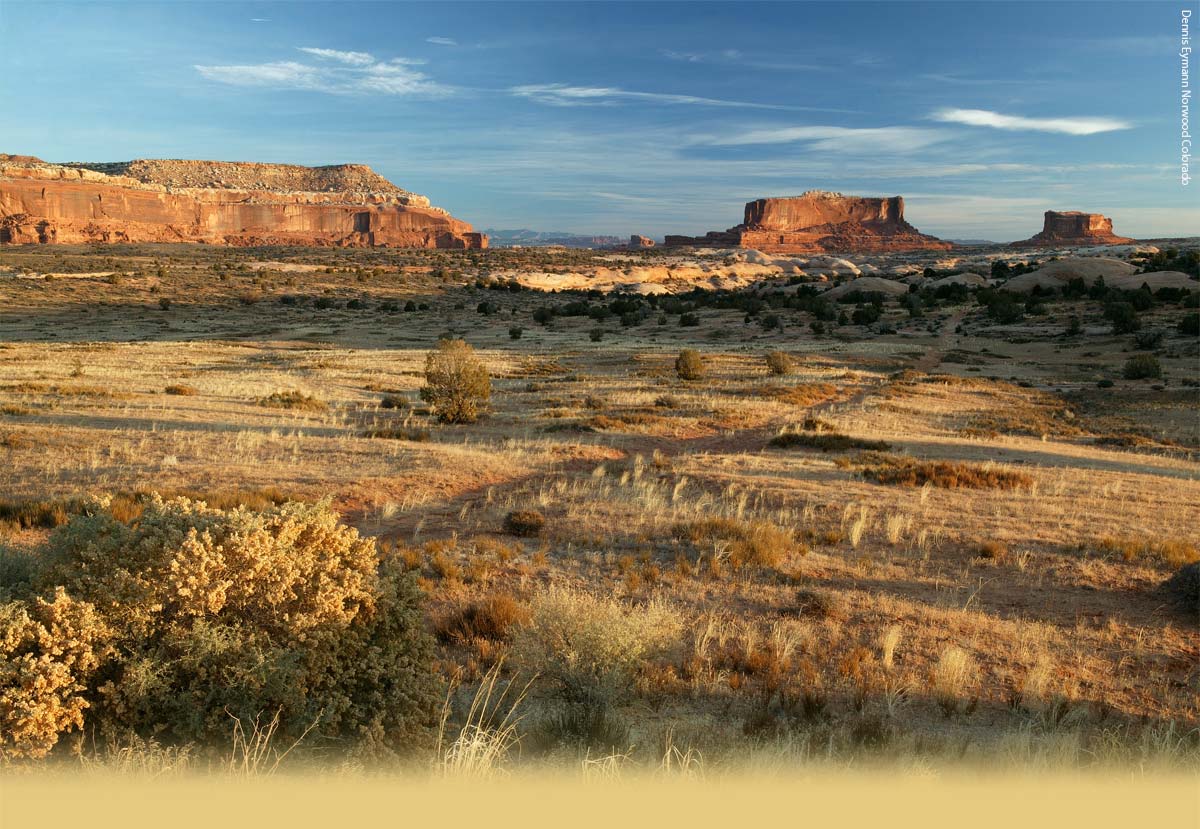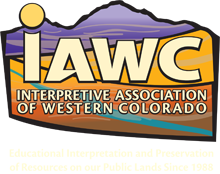Historic Sites – Alpine Tunnel
Courtesy of the Gunnison, Colorado Chamber of Commerce
ALPINE TUNNEL
The Alpine Tunnel Historic District consists of a two hundred foot wide right of way along thirteen miles of original Denver, South Park and Pacific railbed between the town sites of Quartz (in Gunnison County) and Hancock (in Chaffee County).
For years mail and supplies came back and forth over the mountains to Tin Cup and Gunnison through several treacherous and lengthy passes: Tin Cup Pass, Taylor Pass and Altman Pass. A tunnel was planned with Gunnison as its goal, starting two miles west of Hancock, and going under Altman Pass. It’s cost? A mere $120,000! The tunnel, an engineering marvel, was the first to be constructed through the Continental Divide – completed in 1881. It was 1,845 feet long, 12 feet wide, and 17 feet high – supported and lined with California redwood. Its highest point was 11,608 feet. Both the east and the west portals have been closed, as the tunnel is extremely dangerous with rotted timbers. Excavation of the Alpine Tunnel began in January 1880. At an altitude of 11,523 feet, it became the first tunnel constructed through the Continental Divide, and was expected to be finished in only six months. However, due to unforeseen circumstances and construction taking place in the dead of winter, the task required nearly two years to complete. Fractured granite necessitated the expense of using over 400,000 board feet of California redwood to support and encase 1,427 feet of the 1,772 foot long tunnel with a total cost of around $300,000.

The first train went through the Alpine Tunnel in July of 1882 with the last one through in November of 1910. During its thirty-year life, the Alpine tunnel bristled with activity carrying freight for the many mining camps in the area, and tourists.
One magnificent site is the retaining wall at the “Palisades”. Constructed of hand-cut stones without the use of mortar, the retaining wall is 432 feet in length and 33 feet in height. A longer retaining wall is just below this wall, but is only six feet in height.
A huge stone engine repair house that could house six engines was gutted by fire in early 1906. The remains of the engine house can still be viewed today.
The easiest route to the Alpine Tunnel begins northeast of Pitkin at the junction of the Cumberland Pass Road (FDR 765) and the Alpine Tunnel Road (FDR 839).
Learn more about the Alpine Tunnel at www.narrowgauge.org/alpine-tunnel/html/index.html.

